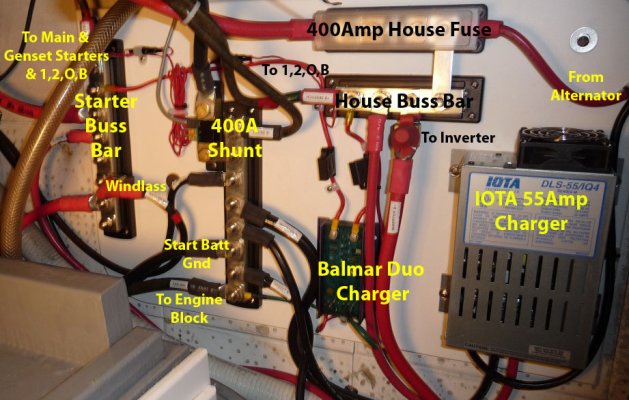Tom.B
Moderator Emeritus
- Joined
- Jul 30, 2009
- Messages
- 5,839
- Location
- USA
- Vessel Name
- Skinny Dippin'
- Vessel Make
- Navigator 4200 Classic
I had to go get a pump-out yesterday and had to, of course, fire up Dr. Perky on a 50-degree day. I know cold starts are hard in older diesels. Do it sound like a weak battery when you do it? Struggling to turn the rotating mass? Does the more dense cold are restrict the compression stroke?
Tom-
Tom-





